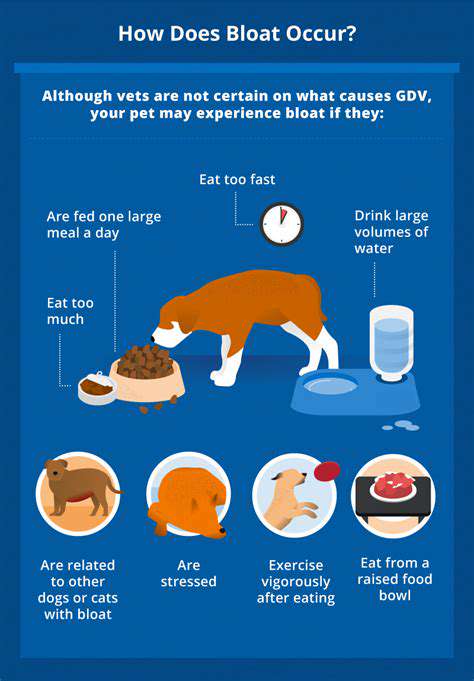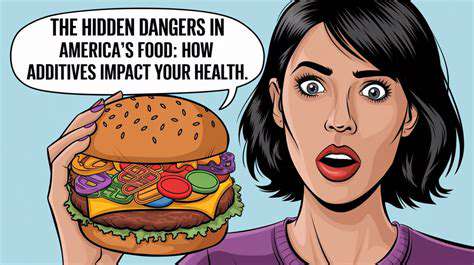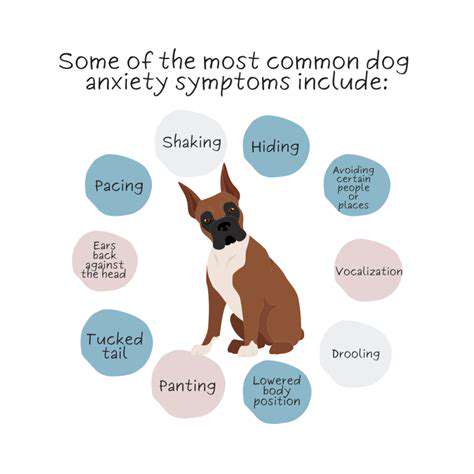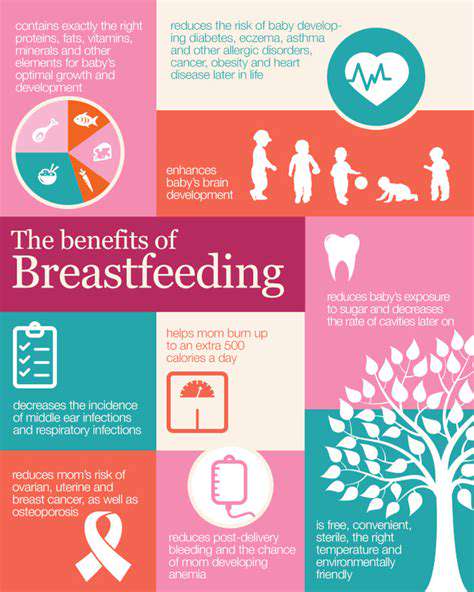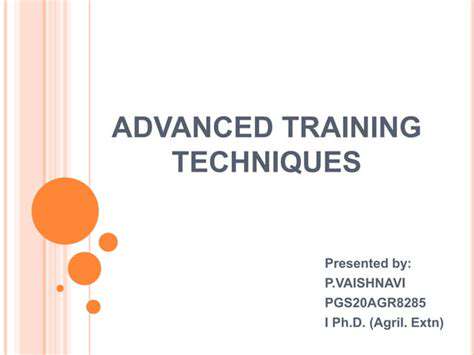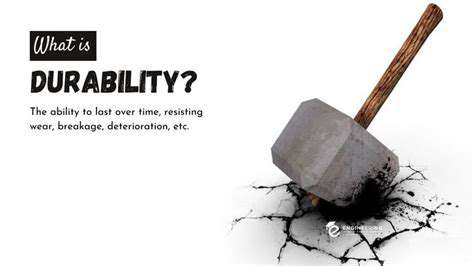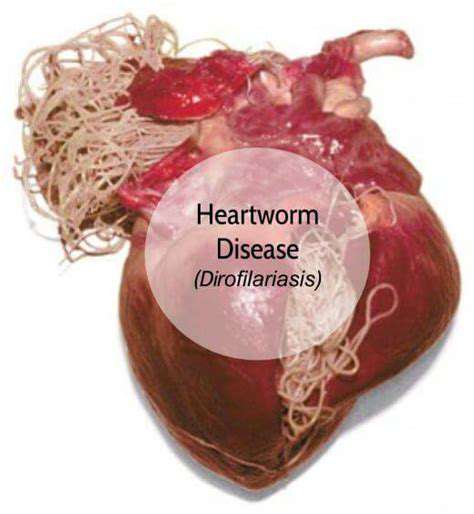Raw Feeding for Dogs: Benefits, Risks, and How to Start
What is Raw Feeding?
The Basics of Raw Diets
Raw feeding, sometimes called the BARF diet (Biologically Appropriate Raw Food), involves providing dogs with meals resembling what their wild ancestors might have eaten. This approach centers on uncooked meats, edible bones, organ meats, and plant matter. It's not just tossing your dog a steak - proper raw feeding requires careful balancing of nutrients to support overall wellbeing. Supporters highlight how this natural approach may promote better digestion, stronger skeletons, and more robust immune responses.
The foundation of raw feeding lies in using complete animal components - muscle meat, bones, and organs each play distinct nutritional roles. These ingredients deliver vital nutrients in forms that dogs evolved to utilize efficiently. This stands in stark contrast to extruded kibble, which often contains processed ingredients and synthetic additives. Many advocates believe this ancestral diet better matches canine biology than manufactured pet foods, potentially leading to improved vitality and longevity.
Potential Advantages of Natural Diets
Switching to raw meals might offer dogs several health improvements, particularly regarding digestive function and allergic responses. Some pet owners observe fewer gastrointestinal issues and more consistent stools with raw feeding, possibly because fresh foods contain natural digestive enzymes. Chewing on raw bones may help maintain dental health by mechanically cleaning teeth. Additionally, the nutrient density of raw ingredients could contribute to stronger immune defenses.
Beyond gut health, many report visible improvements in their dogs' coats and eye clarity when transitioning to raw. The abundant nutrients in fresh foods may enhance skin and coat condition more effectively than processed alternatives. Some believe eliminating common kibble ingredients helps reduce food sensitivities, though individual responses vary significantly. Remember these are observational reports - more controlled studies would help verify these potential benefits.
Important Safety Considerations
While raw feeding presents possible benefits, it's not without risks that demand careful management. Bacterial contamination represents a primary concern, as uncooked meats can harbor pathogens dangerous to both pets and humans. Meticulous food handling and proper storage are absolutely essential. Edible bones, while beneficial for oral health, require appropriate sizing and supervision to prevent choking incidents.
Implementing a raw diet requires substantial time investment for meal preparation and planning compared to commercial options. Professional nutritional guidance is strongly recommended to ensure dietary balance and address individual needs. Veterinary nutritionists can help formulate proper meat-organ-bone ratios to prevent deficiencies. This approach may not suit all dogs, particularly those with compromised immune systems or specific health conditions.
The financial aspect also warrants consideration, as sourcing high-quality raw ingredients often costs more than conventional pet food. Prospective raw feeders should carefully evaluate whether this investment aligns with their budget and lifestyle before committing.
Exploring the Potential Upsides of Raw Nutrition
Nutritional Completeness Possibilities
Raw diets may offer more biologically available nutrients than heat-processed kibble. The natural enzymes and micronutrients in fresh meats, organs and bones could provide a broader spectrum of nourishment. This might translate to better digestion and absorption, potentially resulting in improved overall health. Customization allows tailoring meals to address specific needs like joint support or coat quality.
However, simply feeding random raw meats isn't sufficient. Proper balancing of components is crucial to prevent nutritional gaps or excesses. Thorough research and professional consultation help create safe, effective feeding plans.
Digestive System Benefits
Many raw feeding advocates report improved digestive function in their dogs. The natural enzymes and gut-friendly compounds in fresh food might support healthier digestion and reduce common issues like loose stools. Raw diets may also promote a more balanced gut microbiome, which influences overall health.
Individual responses vary greatly though, and some dogs may experience temporary digestive upset during dietary transitions. Close monitoring helps determine how well a dog adapts to the new diet.
Immune System Support Potential
The intact nutrients in raw foods, including live enzymes and cofactors, might help strengthen immune responses. Some believe this more natural nutrient profile allows dogs' bodies to better utilize these compounds for immune defense, potentially increasing resistance to illness.
Coat and Skin Improvements
The abundant essential fatty acids, vitamins and minerals in raw diets could lead to noticeable enhancements in skin and coat condition. Better nutrient absorption from fresh foods might result in shinier coats and healthier skin. Regular observation helps assess these effects over time.
Energy and Muscle Development
The high-quality proteins in raw meat may support lean muscle maintenance and energy levels, particularly for active dogs. However, results vary based on individual metabolism, activity levels and overall health status.
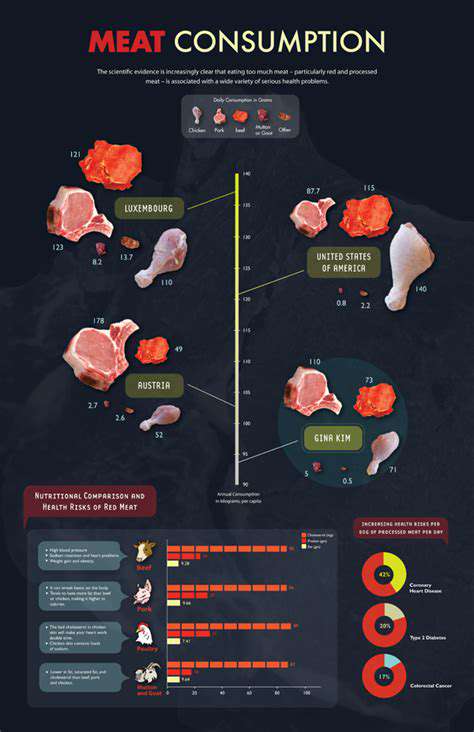
Implementing a Raw Feeding Program

Initial Research Phase
Before beginning raw feeding, thoroughly investigate different approaches and your dog's specific requirements. Understanding proper nutrient ratios prevents deficiencies. This groundwork is essential for success. Veterinary guidance proves particularly valuable for dogs with health concerns.
Individual Assessment
Evaluate your dog's breed traits, life stage, activity patterns and health status. Age significantly impacts nutritional needs - puppies, adults and seniors all require different formulations.
Selecting Quality Ingredients
Prioritize reputable suppliers who specialize in raw pet food or high-quality human-grade meats. Proper handling and freshness are paramount for safety.
Diet Formulation
Creating nutritionally complete meals requires understanding proper protein-fat-carbohydrate ratios and essential micronutrients.
Gradual Transition
Slowly introduce raw food by mixing with current diet, increasing proportions incrementally over weeks.
Health Monitoring
Track stool quality, energy levels and overall condition. Watch for appetite changes or digestive upset, consulting your vet if concerns arise.
Safety Precautions
Implement strict hygiene practices when handling raw meat. Follow all food safety protocols to minimize bacterial risks, especially in households with immunocompromised individuals.
Professional Guidance and Final Thoughts
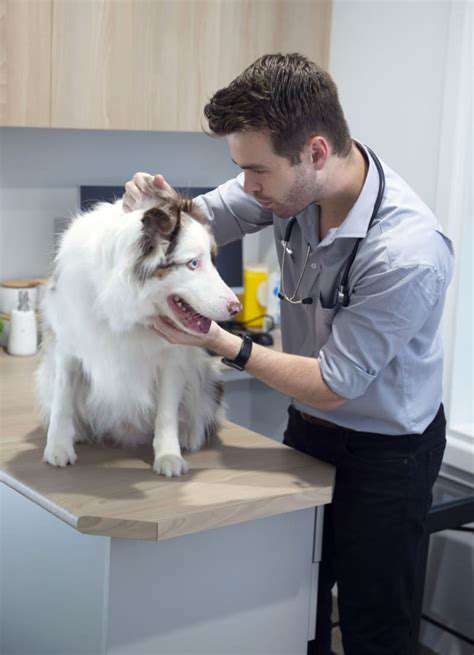
Veterinary Partnership Importance
Responsible pet ownership begins with proper research and professional guidance. Veterinary consultation helps ensure safe dietary transitions and addresses individual health considerations.
Health History Review
Understanding your dog's medical background helps anticipate potential issues. This knowledge enables preventive care strategies for optimal wellbeing.
Temperament Considerations
Observe how your dog interacts with their environment. Personality traits influence dietary success and overall adjustment to new routines.
Environmental Factors
Living conditions significantly impact health outcomes. Ensure your home supports safe food handling and proper meal storage.
Lifestyle Compatibility
Choose feeding methods that align with your daily routine and available resources for consistent care.
Supporting Animal Welfare
Consider working with rescue organizations when adopting. They provide valuable insights about individual animals' needs and backgrounds.
Long-Term Commitment
Proper pet care requires ongoing dedication to nutrition, healthcare and quality of life throughout your dog's lifespan.
Read more about Raw Feeding for Dogs: Benefits, Risks, and How to Start
Hot Recommendations
- Best Pet Bowls: Stainless Steel and Ceramic
- Pet Hydration: Why It's Crucial
- Stop Counter Surfing: Training Your Dog to Stay Off
- Pet Hypothyroidism: Symptoms and Management
- Signs of Pet Liver Disease: What to Watch For
- Pet Emergency Kits: What to Pack
- Dangers of Xylitol: Toxic to Dogs
- Dealing with Pet Diarrhea: When to See a Vet
- Preparing Pets for Travel: Tips for a Smooth Trip
- Pet Depression: Recognizing the Signs
